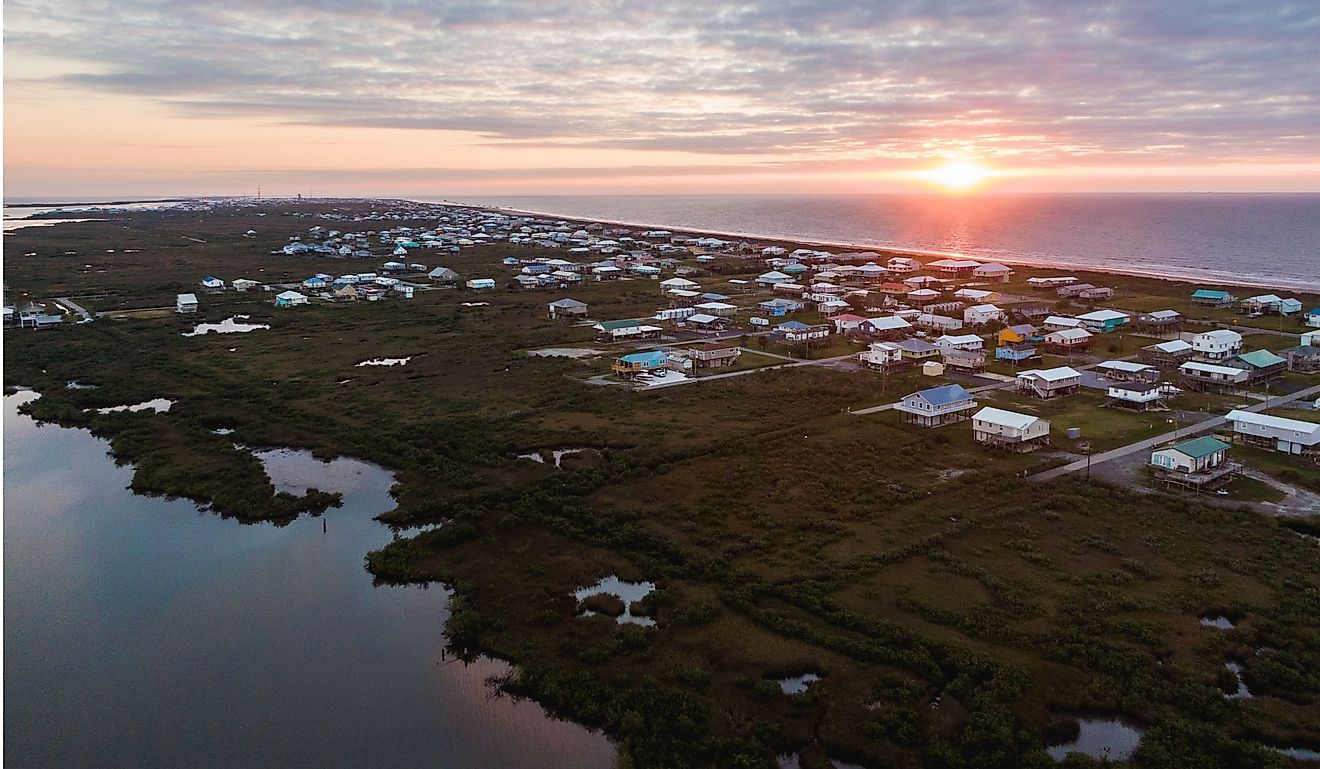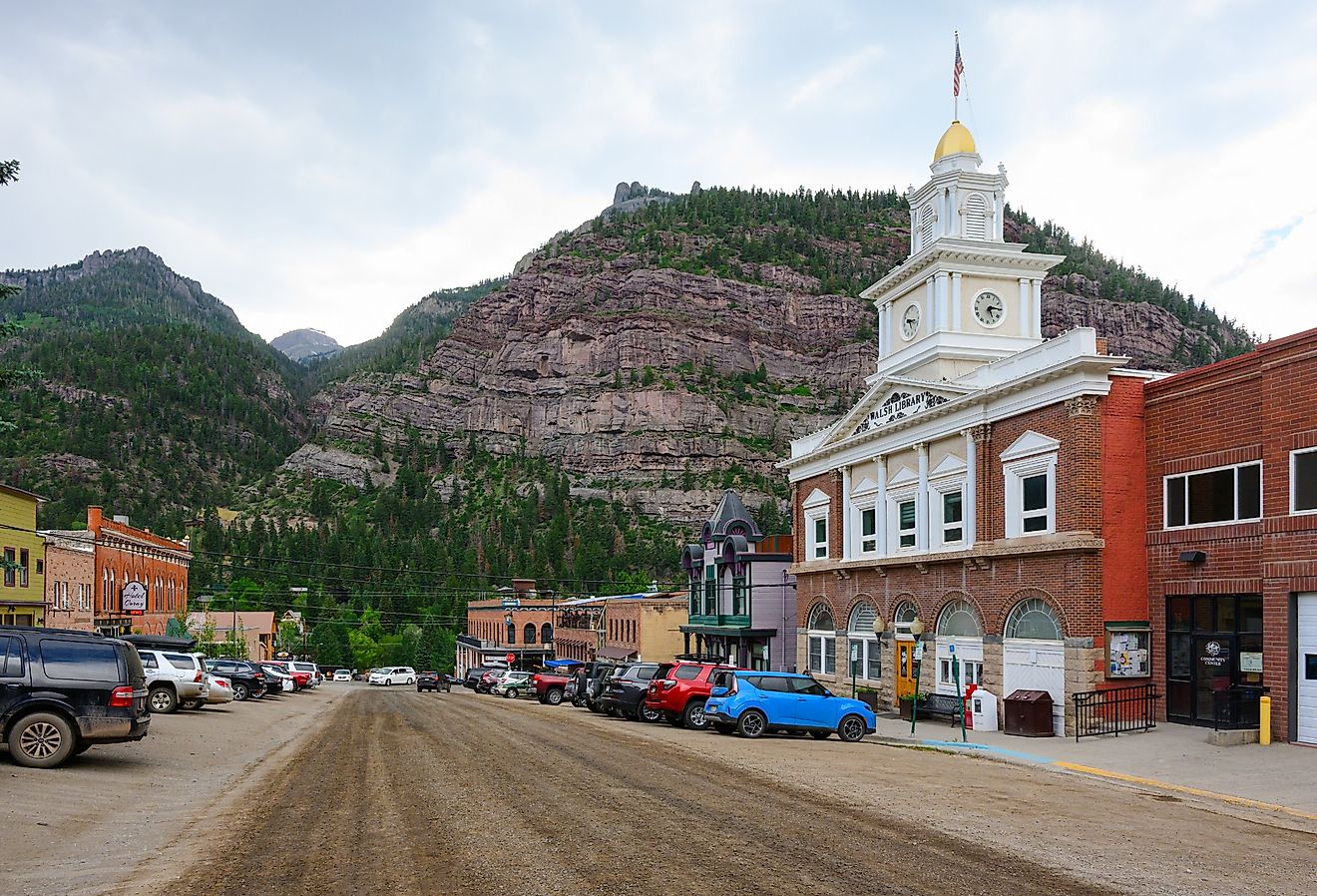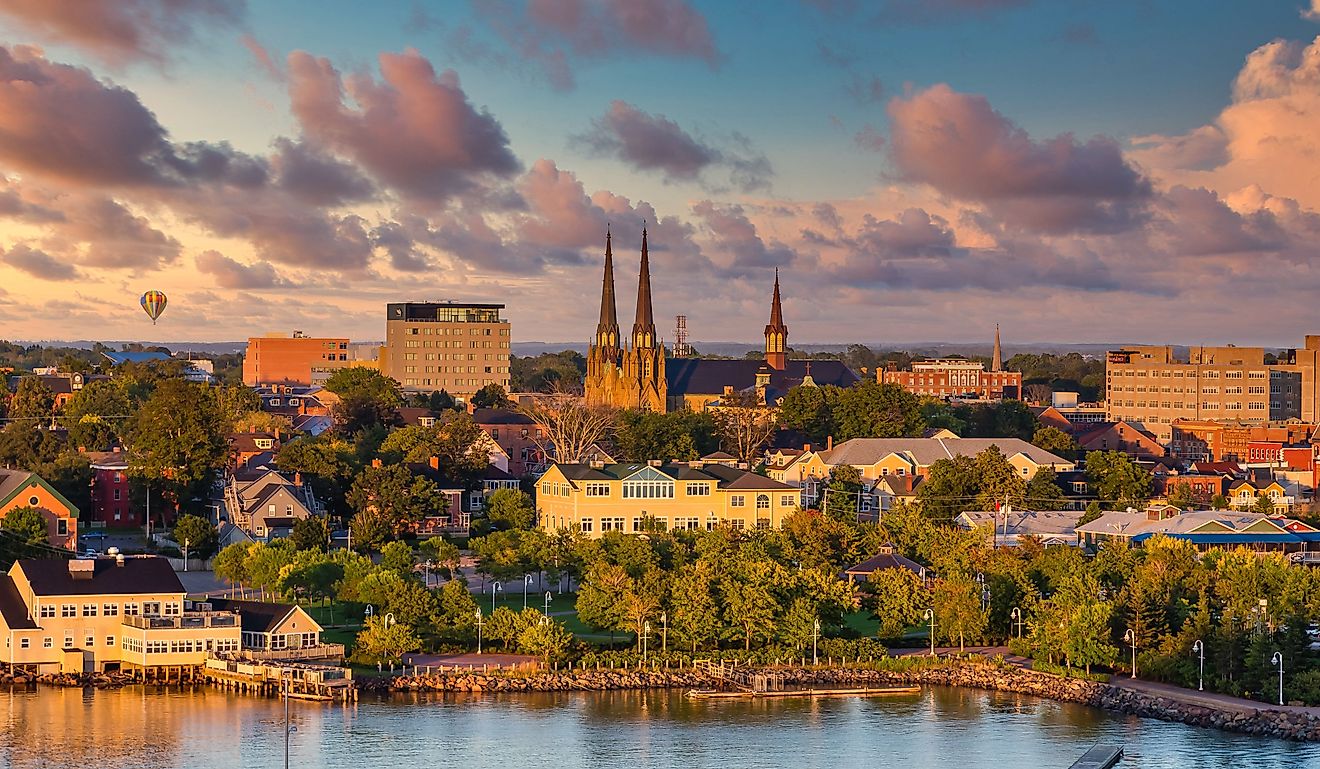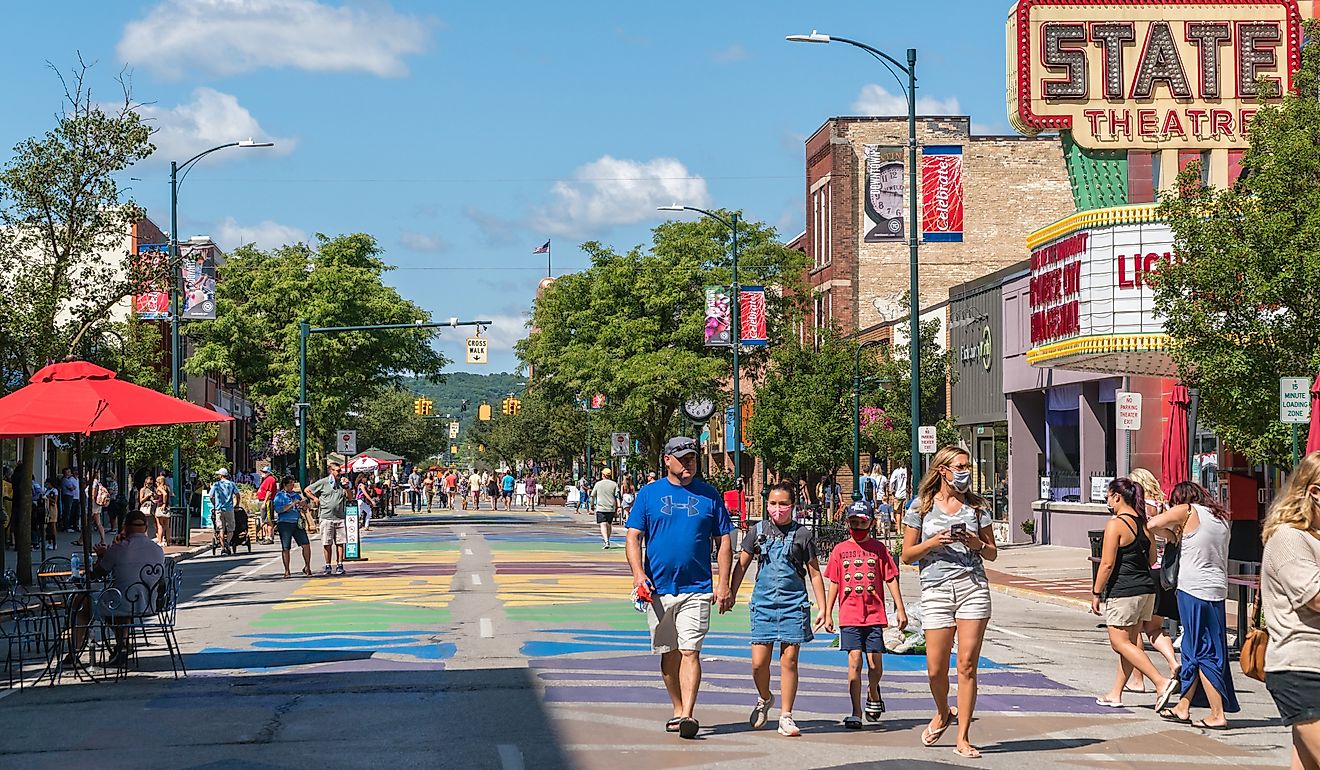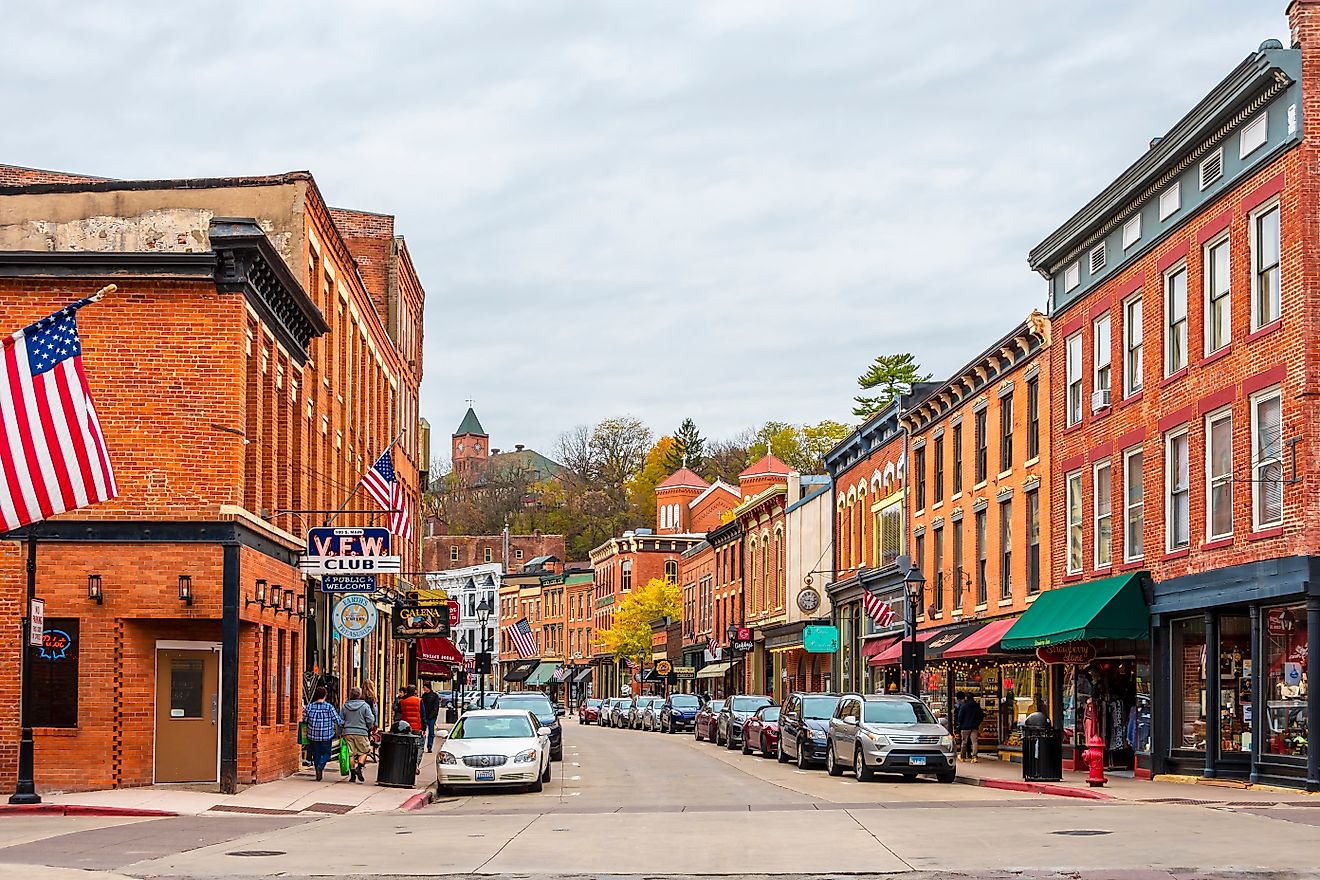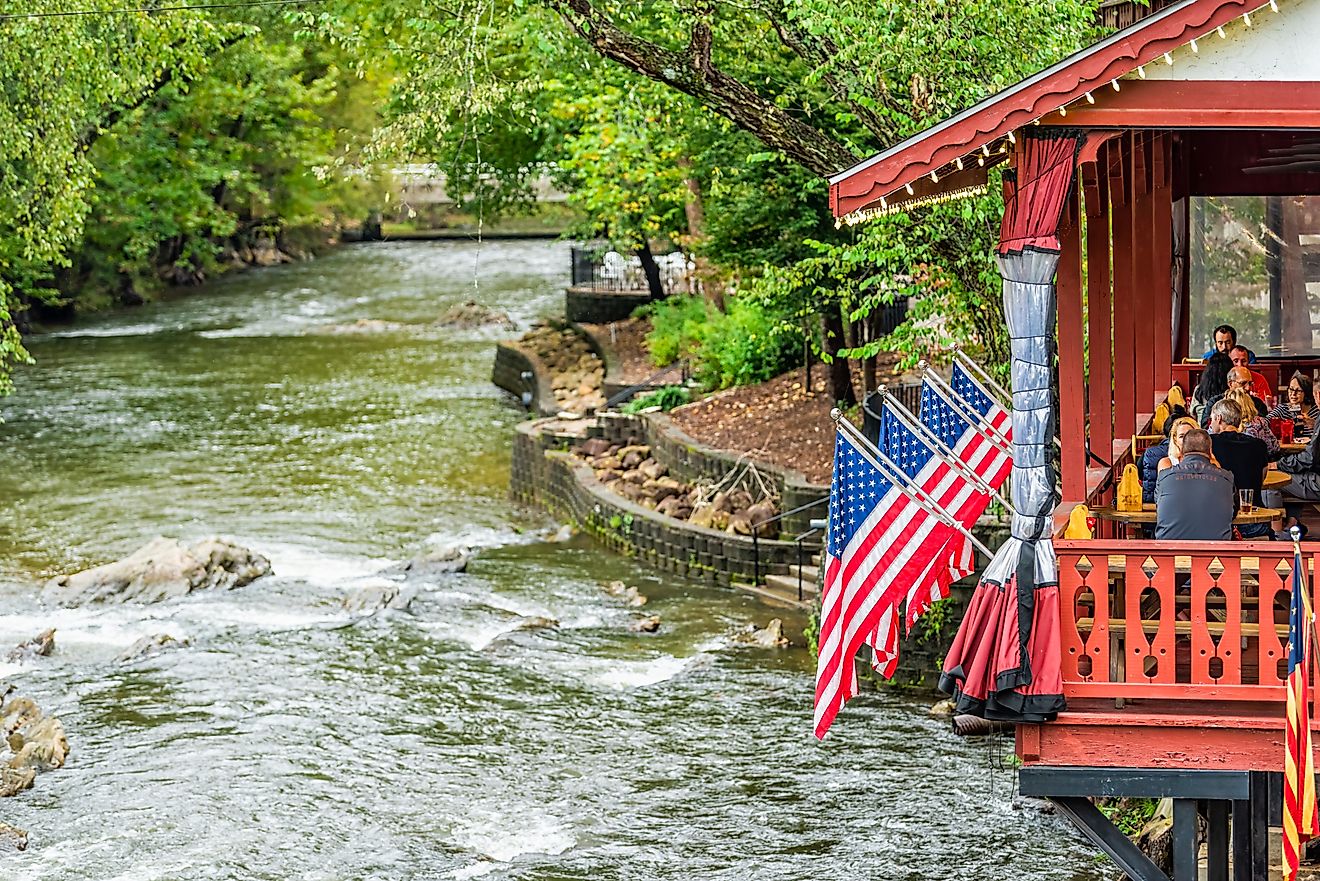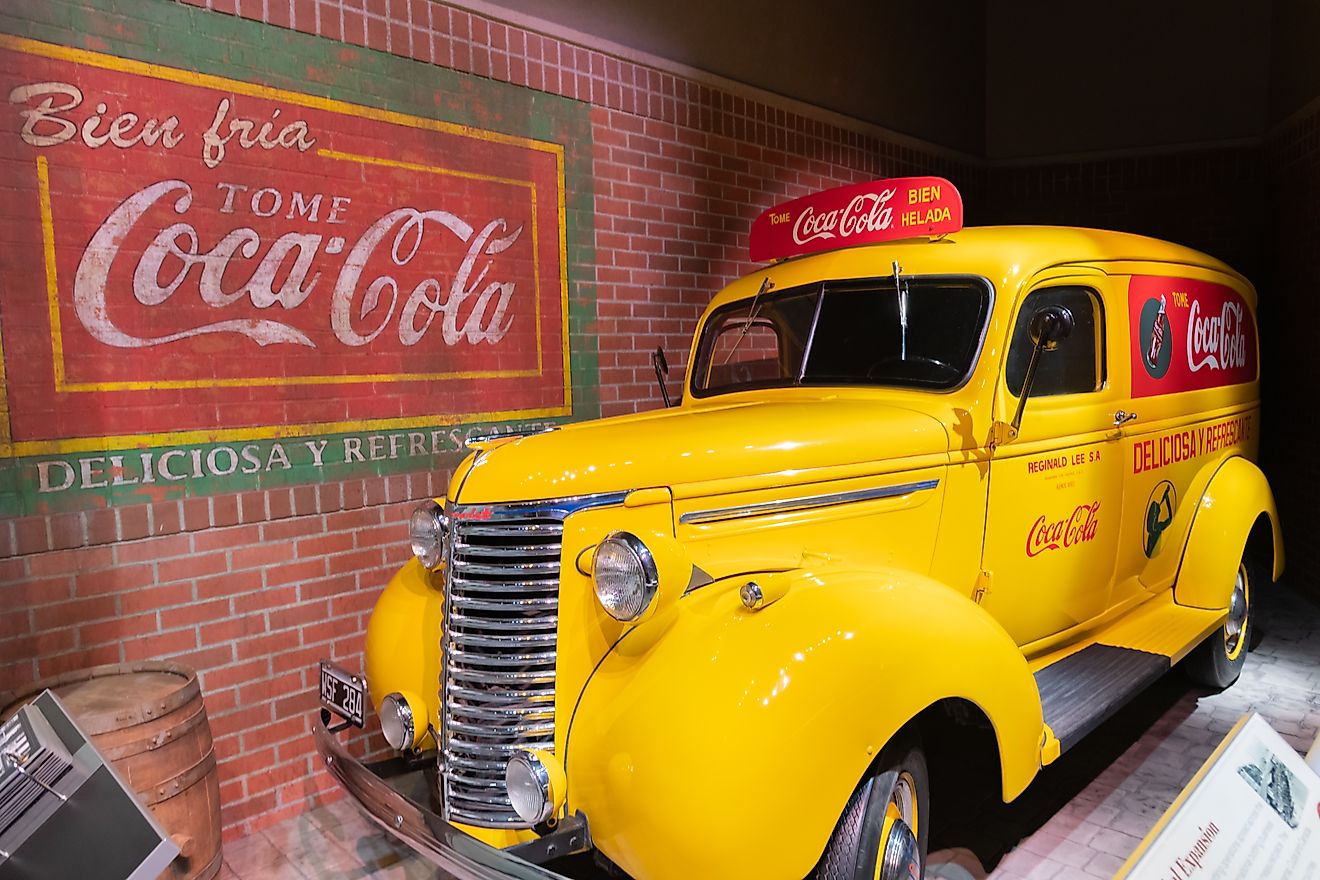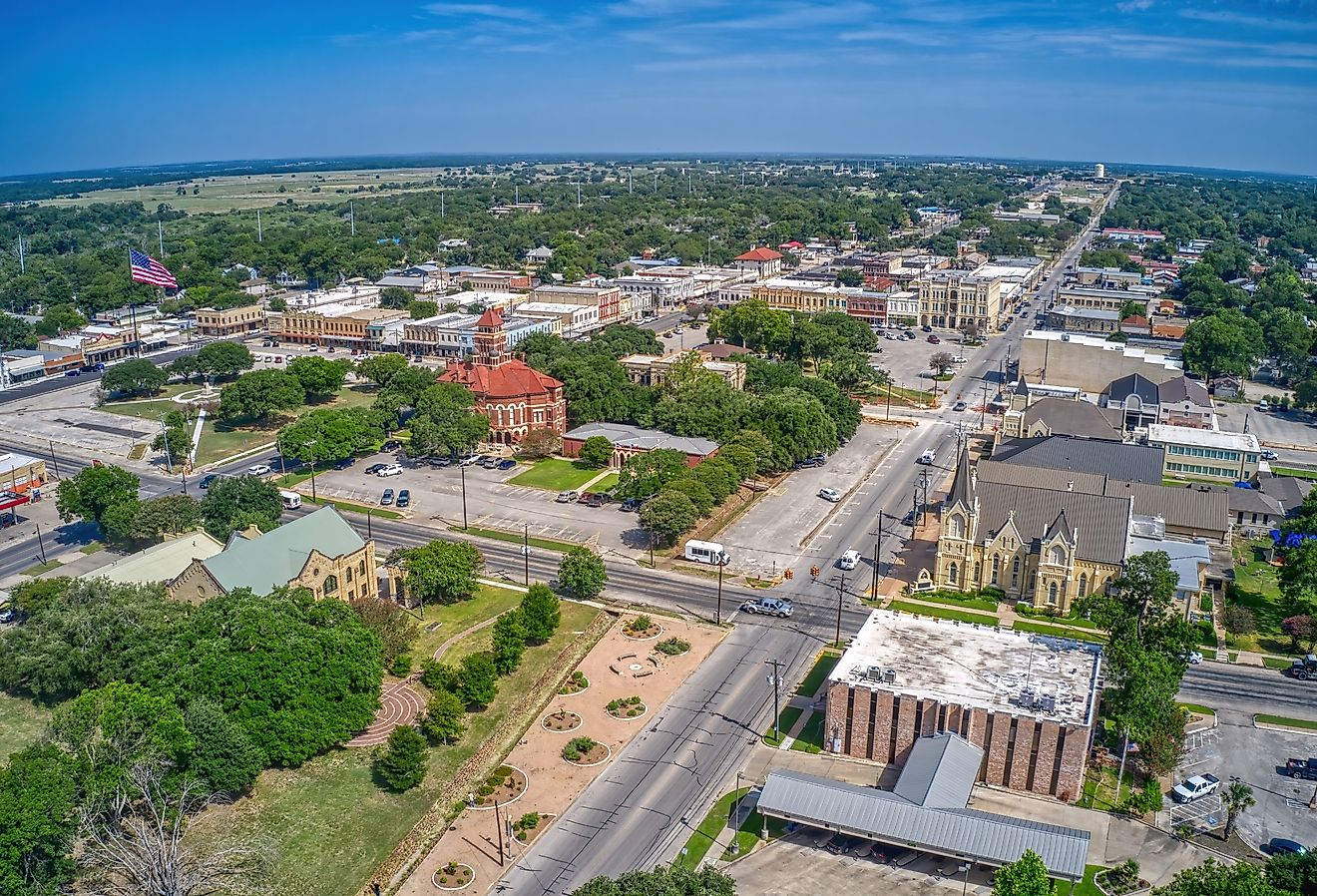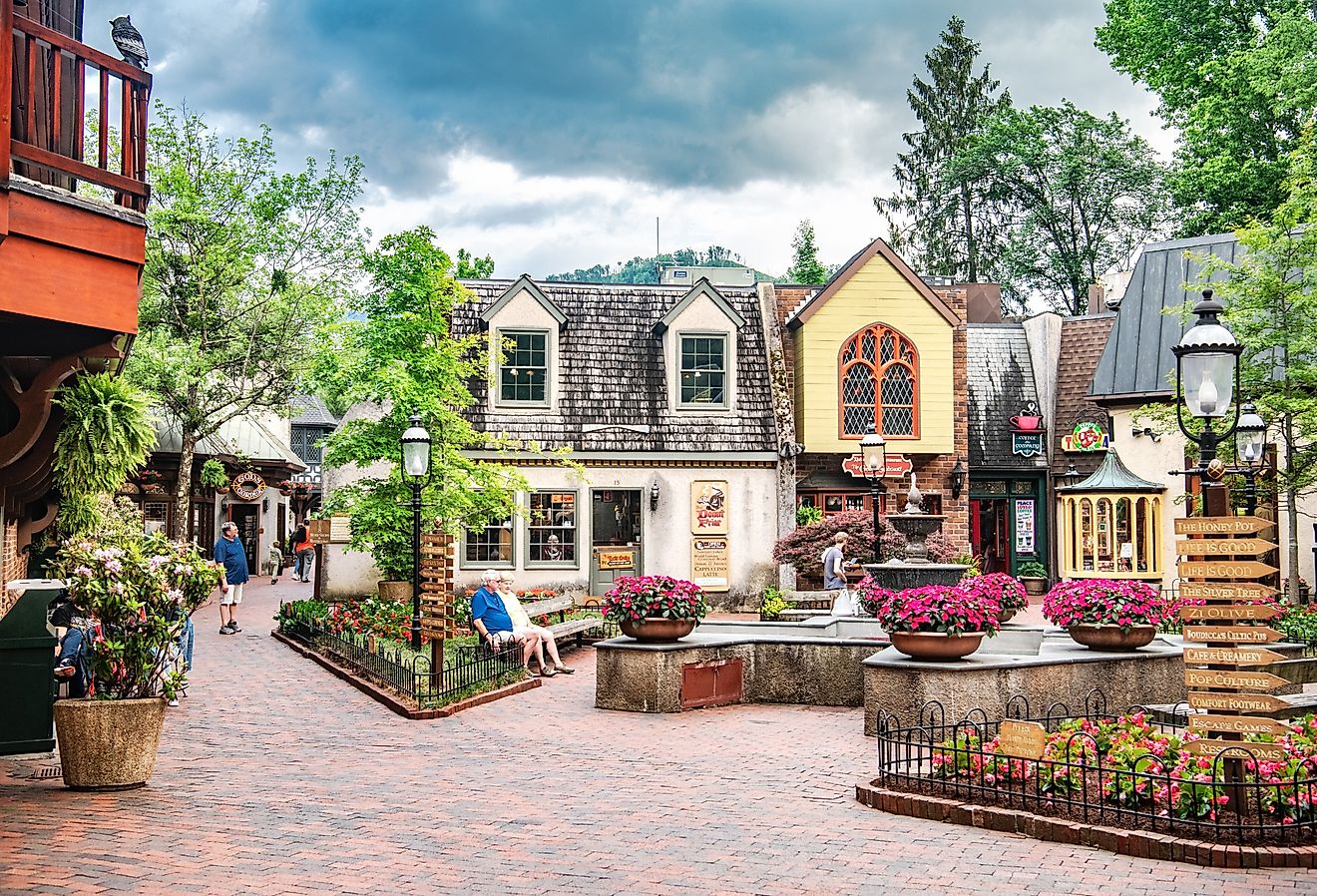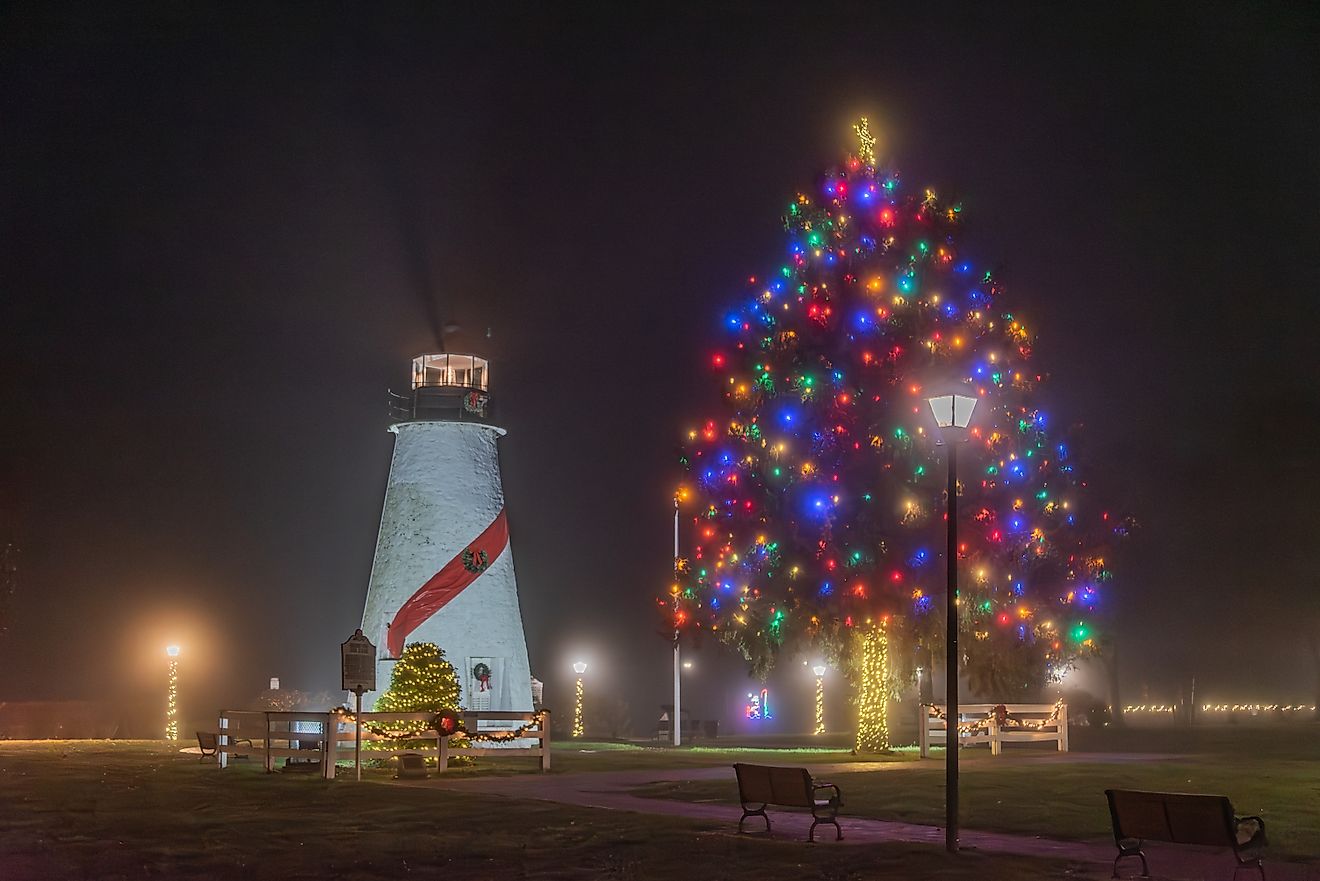
7 Of The Most Quaint Small Towns In Delaware
Delaware, famous as the "First State" of a new United States, joined the Union in 1787. If the state's larger cities, like Wilmington or Dover, the state capital, get ]a lot of attention from local or out-of-state tourists, some of its quaintest places lie a little further afield. A trip to Delaware's smaller towns is well worth it, as this list shows. From colonial history and beachside relaxation to parks, green spaces, and an architectural style called a "potato house," Delaware's small-town offerings will satisfy any traveler's tastes.
Bethel
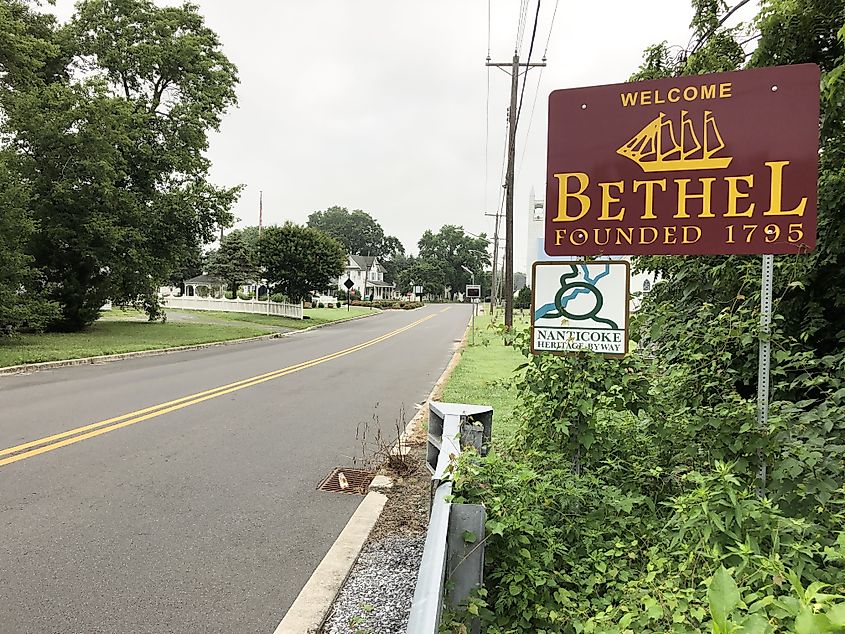
The first town on this list of Delaware's quaint places is also the smallest. Bethel, with just 240 residents, offers small-town appeal and the quiet of a place that has stayed much smaller than the state's larger cities. Located on Broad Creek, a tributary to the Nanticoke River west of town, Bethel was once an important shipbuilding center. Once known as Lewis' Wharf and Lewisville, Bethel is also a center of the local past: its historic downtown is included on the National Register of Historic Places. The list includes a pair of Ship-Carpenter Houses — built, as the name suggests, by the town's skilled woodworkers in the shipping industry. Visitors learn about these and other histories at sites like the Bethel Maritime Museum and the Bethel Heritage Museum.
For some fresh air, head to the Nanticoke Park Wildlife Area, Philips Landing Park — found at the confluence of Broad Creek and the Nanticoke — and Philips Landing Recreation Area. All of these green spaces lie a couple of miles west of Bethel proper.
Middletown

Middletown, population 24,700, feels like a full-blown city when compared with Bethel. Found in New Castle County, the place is a rapidly growing bedroom community for larger cities like Wilmington, about 20 miles north. Incorporated in 1861, Middletown celebrates its agricultural roots every August with its Old Tyme Peach Festival, which draws visitors in the tens of thousands. The town's historic Main Street becomes pedestrian-only for the festival, and the goings-on includes a 5K, local art exhibits, live music, and, of course, peach-flavored foods and drinks of various kinds. The town's status as a transportation hub for cars, buses, flights, and rail makes Middletown an easy place to get to for travelers who may be short on time.
Lewes

Lewes, a seaside place with 3,500 inhabitants, is Delaware's oldest town. Settled by Dutch whalers in the colonial days of 1631, Lewes' history lives on through some of its old buildings, especially the Ryves Holt House, which is the state's oldest building that was first erected in 1655. A group of Mennonites later came to the town and brought it out of what had been a difficult period of stagnation. Lewes' Zwaanendael Museum and Cannonball House both carry the memory of Lewes' colonial and 19th-century past, the latter taking its name from a cannonball fired by British forces, which got stuck in the side of a private home during the War of 1812 — and has stayed there ever since. Lewes later served as a stop on the Underground Railroad, helping fugitive slaves from the US South escape to safety and freedom in northern states or Canada.
For a lighter program, head to Lewes Beach for some relaxation of the sand-and-sun variety. The town is a proud member of the Cape Region and given its history, has cause to call itself "the first town in the first state."
Milford

Inland from the Atlantic coast, the south-central town of Milford, population 5,400, provides a view of the state's past and present agriculture, as well as a shipbuilding industry that has long supported Delaware's sea industries. Founded in 1680 on the banks of the Mispillion River, Milford gives the curious tourist gems to visit, like the South Milford Historic District Walnut Farm and the broader historic district itself, with Victorian buildings in the Gothic Revival and Queen Anne styles.
For more on the town's impressive past industries, head to the Milford Vinyard Shipyard, which sheds light on Milford's role as an inland hub of commerce. The town turned to agriculture for much of the 20th century as local shipbuilding declined. Milford is also famous as the hometown of no fewer than seven Delaware governors whose terms span the 18th to the 21st centuries.
Hockessin

Hockessin, population about 14,000, stands in Delaware's northwest corner, near Pennsylvania. First settled in 1688, the town draws nature enthusiasts to its Ashland Nature Center, with its habitat for butterflies a popular place to take kids. Other natural interests include Swift Memorial Park, a green space in the heart of town and Mt. Cuba Center, a botanical garden. For a place to stay and some serious small-town charm, couples or families can stay at the Fairville Inn Bed and Breakfast or the Bancroft Manor Bed and Breakfast, each one a few miles from Hockessin proper.
For history buffs or those traveling with children, Hockessin sits at one end of the historic Wilmington and Western Railroad, a rolling museum that carries riders the few miles from Hockessin to the town of Greenbank and back. The town was likewise the site of Delaware's first Catholic church, built there in 1790. Hockessin also offers a geographical oddity for lovers of geography, maps, and trivia: the town lies along the Twelve-Mile Circle, an arc that divides the northern border of Delaware from Pennsylvania. The Twelve-Mile circle is the only round-state border in the United States.
Rehoboth Beach

Rehoboth Beach, with 1,200 residents, welcomes thousands more visitors during the warmer parts of the year. First founded in 1873 as a resort destination, the Atlantic coastal town is now famous as a beloved beach destination. The main street, called Rehoboth Avenue, heads right to the beach, with hotels, restaurants, and other attractions lining the way.
A number of prominent families and individuals from mid-Atlantic cities maintain summer homes in town, including US president Joseph Biden. Rehoboth offers a famous beach boardwalk, built the same year as the town's founding, for sublime beachside strolling. The town has a long tradition of free live music for warm summer evenings, and players have performed from the Rehoboth Beach Bandstand and other venues since the 1960s.
Laurel
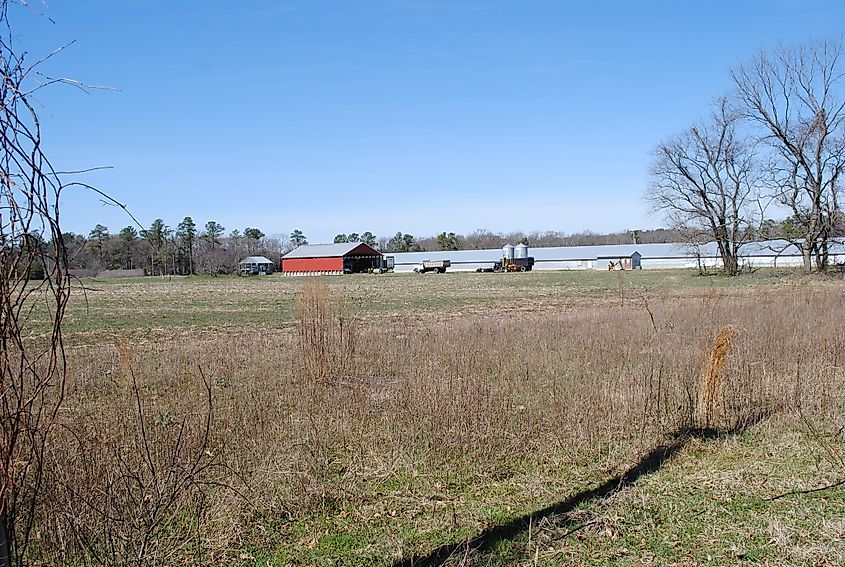
Laurel, with 4,200 inhabitants, celebrates the colonial history in which Delaware played such a central role. The town was settled at its current location, on Broad Creek in the southwest corner of the state, beginning in the 1790s. The town lies just upstream and east of Bethel. Laurel boasts a number of buildings on the National Register of Historic Places, including a local archtitecture with an unusual name: the "potato house." As a kind of barn used for storing Delaware's signature type of sweet potato, these potato houses reflect the region's particular architecture as well as a cash crop that Laurel farmers grew for centuries. The town today has ten potato houses, all of them included on the US national register.
Delaware's Best Runs Through Its Small Towns
Delaware's finest traits are best encountered in a trip (or several) through its small towns. The natural havens in Bethel and the seaside charms of coastal towns like Lewes and Rehoboth Beach will provide respite and fresh air for travelers seeking a break from city stress. History fans should take a turn through Milford, Hockessin, or Laurel, which together showcase the best of the state's past and present industries. Whatever a visitor's interests, Delaware's small towns make for a quaint, very worthwhile visit to the "First State" at any time of year.
